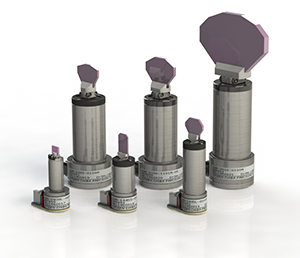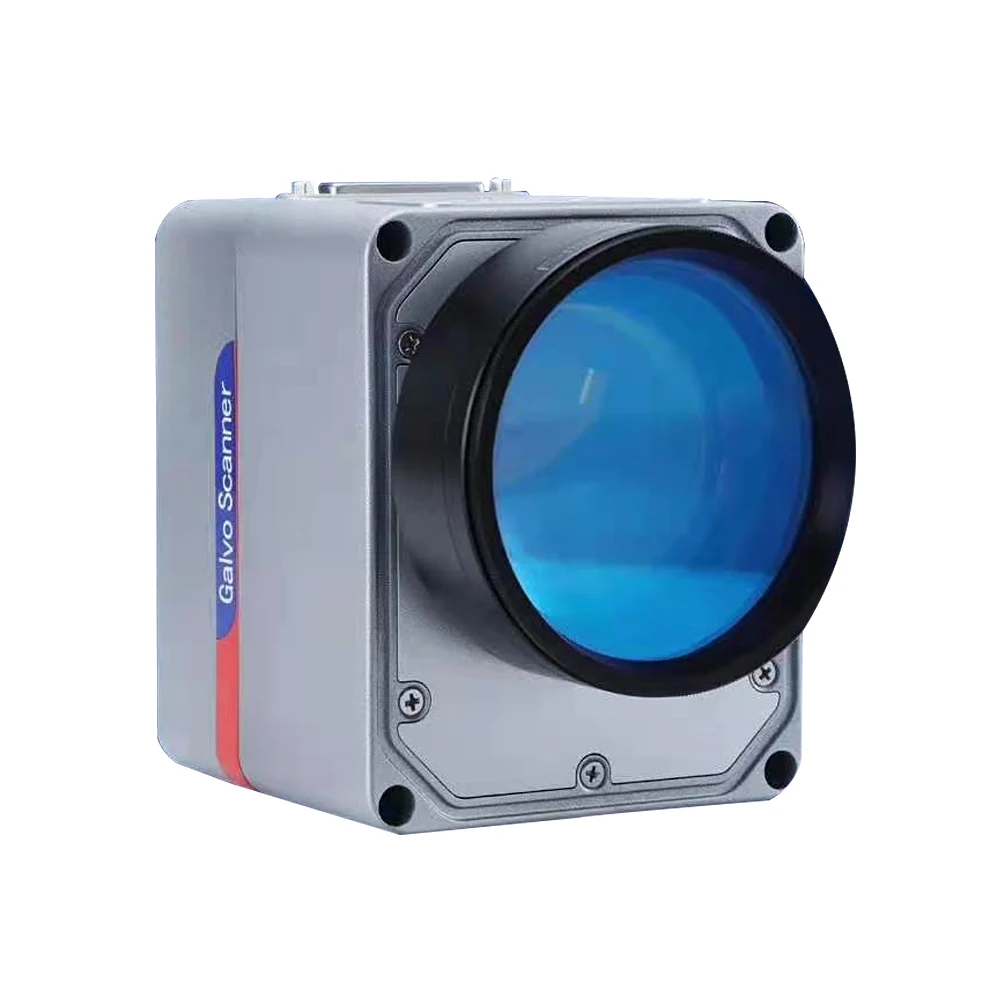Contrasting Different Versions of Galvanometer Scanners for Ideal Efficiency in Labs
Contrasting Different Versions of Galvanometer Scanners for Ideal Efficiency in Labs
Blog Article
How a Galvanometer Scanner Improves Efficiency in Laser Scanning Technologies
The integration of galvanometer scanners in laser scanning technologies stands for a crucial innovation in accuracy engineering. By helping with precise and fast changes of laser light beam direction, these gadgets significantly boost functional effectiveness across numerous applications, from clinical imaging to commercial inscription. The underlying electromagnetic mechanisms, coupled with innovative responses systems, guarantee real-time control and boosted accuracy. Nevertheless, as sectors significantly demand higher performance criteria, the inquiry arises: what future innovations might additionally raise the capacities of galvanometer scanners in this advancing landscape?
Recognizing Galvanometer Scanners
A galvanometer scanner is an advanced device that leverages electro-magnetic concepts to attain accurate angular movement of mirrors or other reflective surface areas. These scanners run via the interaction of an electrical present and an electromagnetic field, making it possible for rapid and exact placing. This technology is crucial in applications calling for high-speed scanning, such as laser inscription, optical interaction, and clinical imaging.

Galvanometer scanners are commonly identified by their fast feedback times and high angular resolution, making them suitable for applications that demand rapid movements and precise placing. Their reliability and efficiency make them a crucial element in contemporary laser scanning technologies, adding substantially to developments in different fields, including production, medical care, and telecoms.
Device of Laser Beam Of Light Control

The control device counts on closed-loop feedback systems that continually keep track of the light beam's placement. The signals from optical sensors offer real-time information to the control system, permitting rapid modifications to keep accuracy. This is essential in applications where also slight inconsistencies can endanger the top quality of the check or etching.
Furthermore, the galvanometer's reaction time is paramount; high-speed motors make it possible for quick activities, ensuring that the laser light beam can swiftly map complicated patterns or perform complex operations. The combination of electronic signal processing better boosts the responsiveness and precision of the galvanometer scanner. Generally, the device of laser beam of light control through galvanometer scanners exhibits the fusion of sophisticated design and modern technology, producing high-performance results in laser scanning applications.
Benefits of Enhanced Accuracy
Improved precision in laser scanning technologies supplies substantial advantages across different applications, from industrial production to clinical procedures. The assimilation of galvanometer scanners enables highly exact beam positioning, which is essential for jobs calling for precise information. This enhanced accuracy makes sure that the laser can target particular areas with minimal discrepancy, leading to premium top quality end results.
In commercial contexts, exact laser scanning leads to improved product consistency and reduced material waste. In medical applications, the accuracy of laser procedures can dramatically impact patient outcomes.
Additionally, enhanced precision assists in innovative applications such as 3D imaging and microfabrication, where even minute mistakes can result in significant mistakes. By offering repeatable and trusted laser positioning, galvanometer scanners contribute to the overall effectiveness and efficiency of laser systems. In summary, the advantages of boosted accuracy not just enhance operational efficiency yet likewise raise the criteria of quality and safety and security in different markets.
Applications in Numerous Industries
The versatility of galvanometer scanners in laser scanning modern technologies expands across several sectors, each profiting from the accuracy they offer. In the clinical area, these scanners are pivotal in applications such as laser surgical treatment and imaging, permitting very accurate targeting of cells while minimizing damage to bordering areas - galvanometer scanner. Their fast action and great resolution are critical in producing premium outcomes
In the production industry, galvanometer scanners enhance processes like laser engraving and cutting. Their great post to read ability to quickly guide laser light beams onto surface areas allows efficient manufacturing lines, enhancing rate and precision in producing intricate layouts or components.
The automobile industry likewise maximizes galvanometer innovation for quality control and evaluations (galvanometer scanner). By utilizing high-speed scanning, manufacturers can find issues in materials or settings up, making sure that items satisfy strict criteria
In addition, in the home entertainment sector, galvanometer scanners are employed in laser light programs and screens, using vibrant aesthetic experiences with precise control over laser movements.
Future Patterns in Laser Scanning
Arising innovations are positioned to change the landscape of laser scanning, with galvanometer scanners at the center of this makeover. As markets increasingly require precision and efficiency, the development of galvanometer innovation will drive substantial improvements in laser scanning applications.
Future patterns show a growing integration of artificial intelligence and maker learning algorithms, which will certainly enhance data processing capacities and automate decision-making in real-time. This harmony will certainly permit a lot more sophisticated evaluation of scanned data, resulting in boosted accuracy in applications such as 3D modeling and independent navigation.
Additionally, the miniaturization of elements and the advancement of sophisticated materials will certainly add to lighter, more portable laser scanning systems. This portability will broaden the reach of laser scanning innovations into formerly hard to reach environments, such as remote surface and detailed building spaces.
The increase of augmented truth (AR) and online Get the facts fact (VIRTUAL REALITY) applications will likewise shape the future of laser scanning. By combining galvanometer scanners with AR and VR, users will take advantage of immersive experiences that enhance visualization and job planning.
Conclusion
In conclusion, galvanometer scanners play an essential role in maximizing laser scanning modern technologies through their exact control of beam of light instructions and quick angular adjustments. The combination of sophisticated responses systems and optical sensing units considerably boosts operational rate and accuracy, leading to enhanced end results in applications such as laser engraving and medical imaging. As sectors increasingly adopt these technologies, the ongoing innovations in galvanometer scanner designs are anticipated to more page elevate performance criteria and expand application possibilities.
The assimilation of galvanometer scanners in laser scanning technologies stands for an essential innovation in accuracy design. Generally, the mechanism of laser light beam control with galvanometer scanners exemplifies the blend of sophisticated engineering and innovation, yielding high-performance outcomes in laser scanning applications.
By offering repeatable and reliable laser positioning, galvanometer scanners contribute to the total effectiveness and effectiveness of laser systems.The adaptability of galvanometer scanners in laser scanning technologies expands across multiple sectors, each benefiting from the precision they give.In conclusion, galvanometer scanners play an essential duty in optimizing laser scanning innovations via their accurate control of beam direction and rapid angular modifications.
Report this page